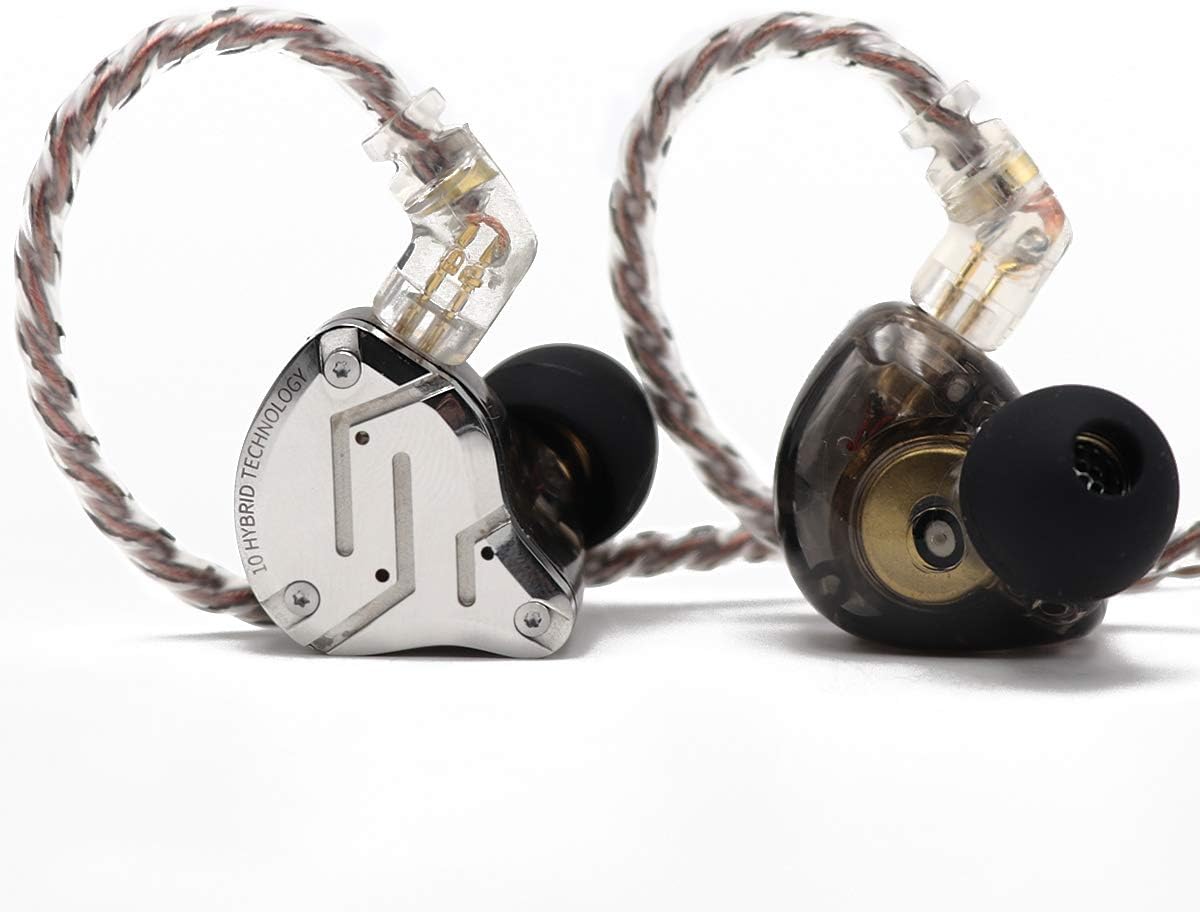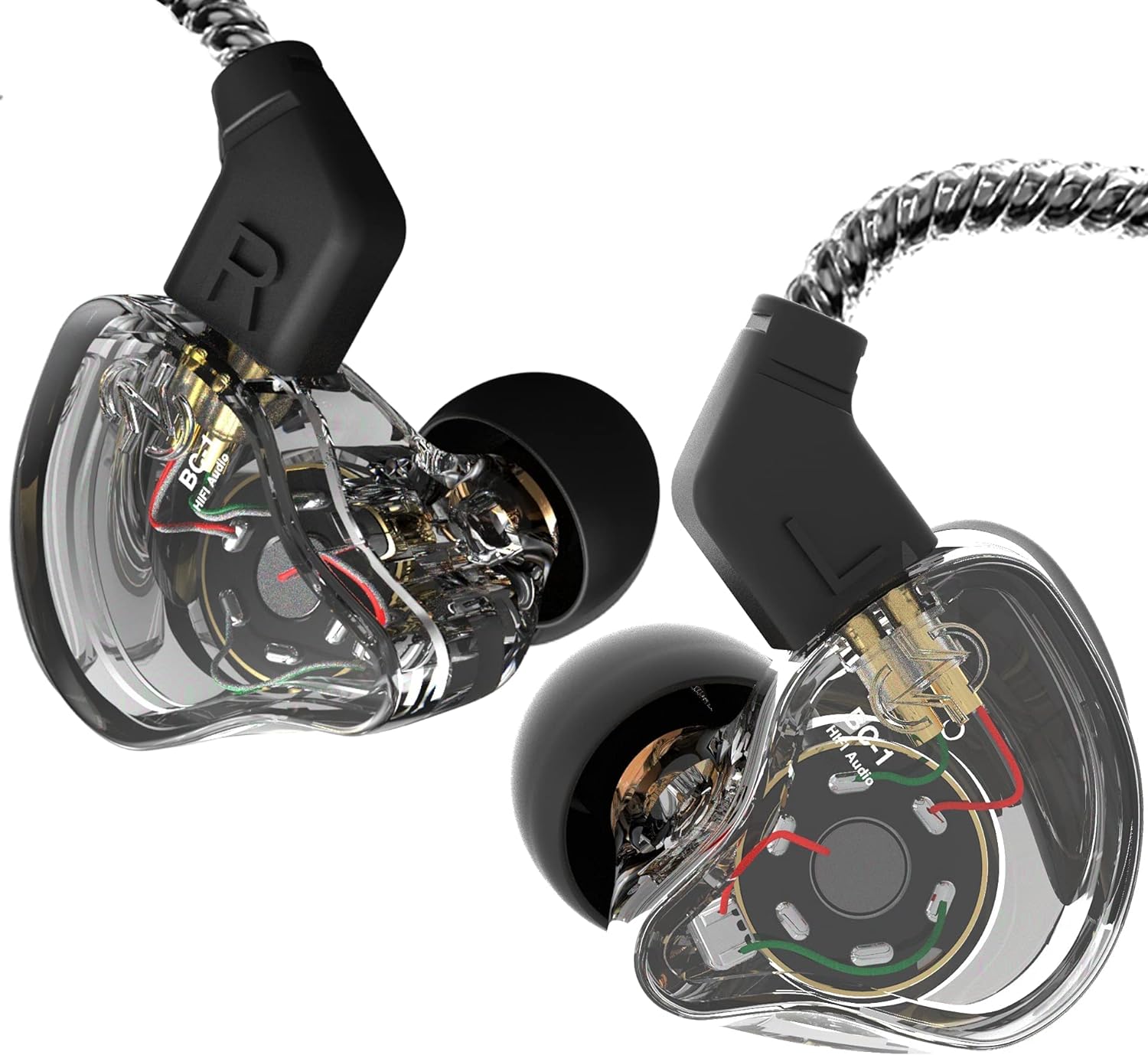How to Set Up In-Ear Monitors for Singers Effectively?
Setting up in-ear monitors (IEMs) for singers is crucial to ensure that they perform at their best. These devices not only provide better sound quality but also help in managing external noise. In this article, we will delve into how to set up in-ear monitors for singers and the various aspects involved in the process. This guide will take you through important tips and tricks that will make your setup seamless and efficient.
Before we dive deep, its essential to understand the role of in-ear monitors in a performance. IEMs allow singers to hear themselves clearly over the backing band while filtering out distracting sounds from the audience. Furthermore, the proper setup can elevate the performance experience.

What Are In-Ear Monitors and Their Importance?
In-ear monitors are tiny speakers that fit snugly in the ear canal, providing personalized sound quality directly to the user, in this case, singers. They are widely used in the music industry for various benefits:
- Sound Isolation: IEMs block out external noise, allowing singers to focus on their musical output.
- Personalized Mix: Singers can customize their audio mix based on their preferences.
- Mobility: Unlike traditional stage monitors, IEMs give singers the freedom to move around without losing sound quality.

Essential Gear for Setting Up In-Ear Monitors
Before you set up your IEMs, gather the necessary equipment:
- Wireless Receiver and Transmitter: This allows the singers to move freely during performances.
- Mixing Console: Essential for adjusting audio levels for individual singers.
- Custom Molded Ear Tips: Provides comfort and better sound isolation.
| Equipment | Purpose |
|---|---|
| Wireless Receiver | Collects audio from the transmitter |
| Mixer | Controls audio levels |

Steps to Set Up In-Ear Monitors for Singers
Heres a step-by-step process to set up in-ear monitors:
Step 1: Choose the Right In-Ear Monitors
Select monitors that suit the singers requirements. Professional musicians often use quality IEMs designed for vocal performances.
Step 2: Connect the Equipment
Plug in the wireless transmitter to the mixing console. Ensure that all connections are secure and that the mixer outputs are directed towards the in-ear monitor receivers.
Step 3: Perform a Sound Check
During the sound check, adjust the levels for each singer to ensure clarity in their mix. This creates a comfortable listening experience.
Step 4: Customize Ear Tips
Fit the singers with custom molded ear tips to enhance comfort and sound isolation. Ensuring a good fit minimizes outside noise effectively.

Troubleshooting Common Problems
Even the best setups can run into issues. Heres how to troubleshoot:
- No Sound: Check that the transmitter is powered on and connected properly. Verify that the receiver is connected to the mixer.
- Interference: Switch frequencies on the transmitter and receiver to find a clear signal.
- Poor Fit: Reassess the ear tips or try a different size to ensure depth and isolation.
Why Do Singers Prefer In-Ear Monitors?
There are numerous reasons why singers prefer using IEMs:
- They enhance performance quality by providing better sound control.
- They reduce stage volume, allowing for less equipment and lower energy consumption.
- They provide consistent audio quality regardless of the venue size.
Keeping Your In-Ear Monitors in Top Shape
Once youve set up your IEMs, maintaining them is crucial:
- Regular Cleaning: Clean the ear tips and monitors regularly to prevent buildup.
- Storage Cases: Use proper storage cases to avoid damage during transport.
Additional Resources
For more detailed information on best practices, consider visiting this insightful article that explains the advantages of IEMs comprehensively.
Frequently Asked Questions
Do all singers use in-ear monitors?
No, while many singers choose IEMs for convenience and sound quality, some still prefer traditional stage monitors.
How much do in-ear monitors cost?
The cost of in-ear monitors can vary significantly based on the brand and custom options, ranging from affordable models to premium ones.
Are in-ear monitors better than floor monitors?
In-ear monitors provide clearer sound and greater sound isolation, making them preferable for many professional artists.
As an Amazon Associate, I earn from qualifying purchases.

